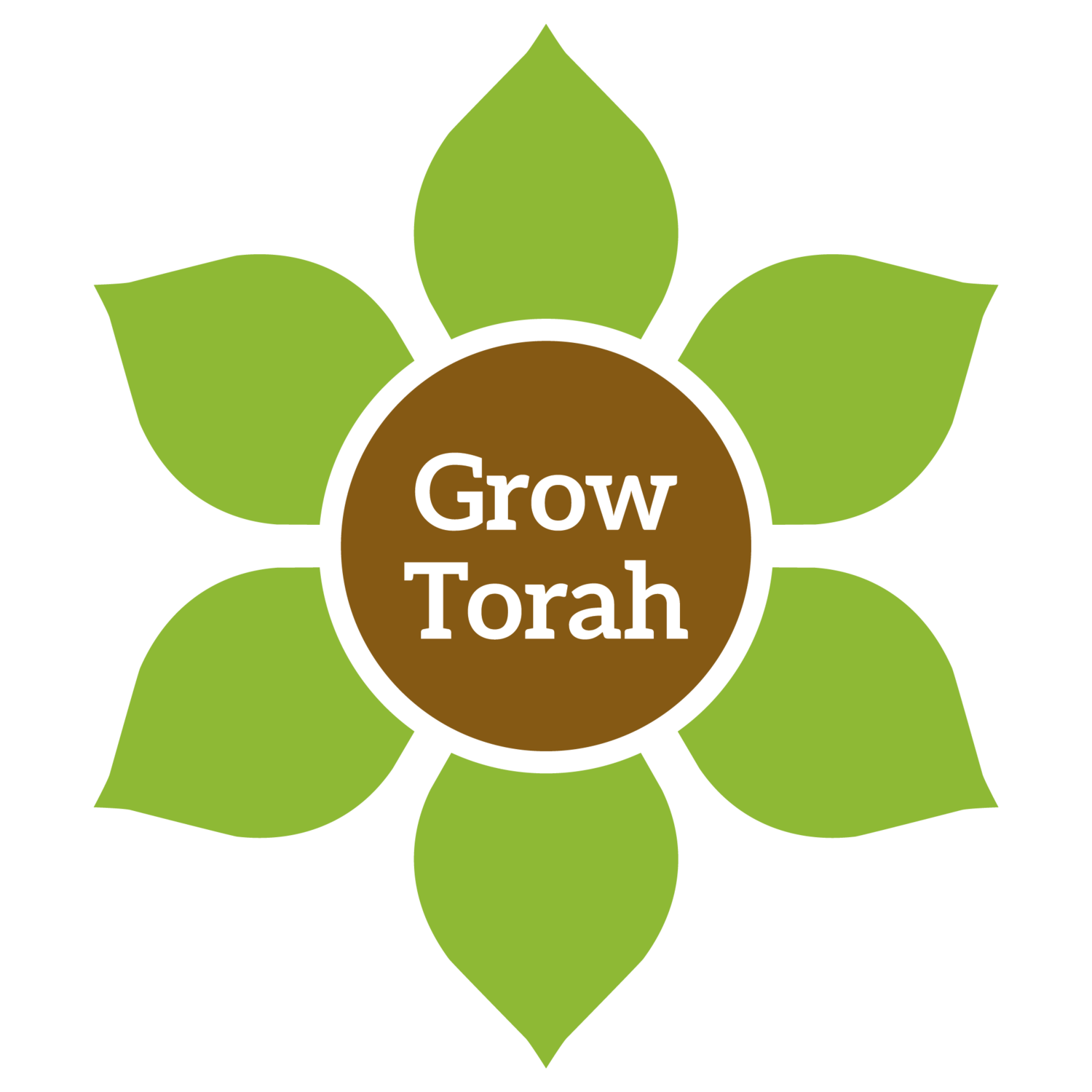Parshat Metzorah: A Reminder From Nature
Original author - By Ramona Rubin, edited by the GrowTorah Summer Inchworms 2021
View Accompanying Source Sheet Here
This week’s parsha, Metzorah, can teach us about restoring balance both to creation and human society. The parsha describes the ritual healing of a person who has contracted tzara’at. To understand this healing in context, we will examine a key cause of tzara’at—the sin of lashon hara—and the particulars of its cure.
Tzara’at is frequently explained as a result of lashon harah—malicious or defamatory speech. Rabbi Yehoshua ben Levi explains that the metzorah (person with tzara’at) is required to dwell outside the camp in solitude because their speech caused a separation between people.[1] The metzorah’s spiritual healing must occur in a state of separateness. When our speech becomes blemished, a strong remedy is required to heal it.
After they no longer physically show the signs of tzara’at, the metzorah is required to go through a cleansing process involving two wild birds, a red wool string, and samples from two plant species, the cedar tree, and the low-lying hyssop.[2] The healing process is clearly symbolic—it does not affect any physical transformation, and neither the birds nor the plants are ingested as medicine. And yet, the Torah requires their inclusion in the process.
Rabbi Samson Raphael Hirsch[3] teaches that the ritual healing of the metzorah is aimed at reintegrating the individual into the social community. The metzorah’s harmful words disturbed the social fabric that binds the community together, and therefore the metzorah’s reintegration process must involve banishment to the field outside human encampment and a cleansing ritual that brings in elements of the natural world.
For centuries, Jewish sages understood the birds and plants involved in the healing ritual to carry symbolic lessons through the nature of their being. Rashi explained that two wild birds are used in this purification ritual because birds are constantly chirping and twittering, alluding to the mindless chattering of one who slanders others. [4] The commentator Sfas Emes suggests that while the first bird represents the harm caused through negative speech, the second bird represents the power and potential contained in the expression of beneficial, life-giving speech. [5]
The Sfas Emes also explains that the two plants used in the healing ritual—cedar and hyssop—represent two poles being brought into harmony through the actions of the cleansing ritual. Because cedar grows so tall and hyssop is a lowly shrub, together they represent the highest and lowest types of plant life. He comments that the cedar is associated with pride and haughtiness, which lead a person to speak lashon hara.[6] Just as the cedar grows far above the earth, harmful speech comes from feeling “above” or distanced from others. In contrast, hyssop grows low to the ground. The kohen sprinkles water on the metzorah using a bundle of both of these plants during the healing ritual to be reminded that though loftiness is part of creation, it should be countered with humility.
As one of the few times, and certainly, the most detailed instance, when healing is discussed in the Torah, the case of the metzorah has become a paradigm for Jewish sickness and healing. The central use of two specific plant species in the ritual is very important. The plants become our teachers, sharing metaphors for growth that impact both body and psyche. Their use affirms that we are reflected in nature, and nature is reflected in us.
The use of plants for healing is an ancient and time-tested practice. Exploration into the rainforest and other areas of great biodiversity has yielded riches for the medical world.[7] Indigenous peoples around the world maintain traditions rich in knowledge about the healing and curative powers of their local plants. [8] We must remember that these plants and medicines are part of Hashem’s gift to us to use for healing, which results in a responsibility to pass on as resources for future generations. We must remember that they represent and reflect parts of ourselves.
This adds a new dimension to the survival of the vast diversity of plants on this earth. Hashem has provided us with abundance and healing through the natural world, and for that reason, we must protect it. But in the destruction of the rainforest, in the extinction of so many diverse species, we are also destroying the part of ourselves we could see reflected in them.
Our role in creation is symbiotic. We are both caretakers of nature and are also cared for and healed through nature. To maintain our connection with nature, we can learn from the opposing characteristics of the cedar and the hyssop - to find a balance between the lofty and the low. B’ezrat Hashem, this will enable healing of the nefesh and the guf and support connection to the natural world.
Suggested Action:
Try planting your own herb garden with species native to your location, learning about and connecting to both the medical and symbolic properties of the plants.
You can also support efforts to protect biodiversity, like the Rainforest Alliance.
Click here to sponsor a parsha.
Notes:
[1] Talmud Bavli Arakhin 16
[2] Vayikra 14:4
[3] “Horev” Commentary of R. Samson Raphael Hirsch on the Torah, Leviticus 14
[4] Rashi on Vayikra 14:4
[5] Sfas Emes, Parshas Metzorah
[6] Ibid.
[7] For more information, see “Biodiversity and Drug Discovery Approach to Natural Medicine” in Rationality and Scientific Lifestyle for Health. University of Tehran Science and Humanities Series. Mansooreh Mazaheri and Ali Akbar Moosavi-Movahedi (2021) Springer.
[8] See the virtual exhibit from the National Institutes of Health’s National Library of Medicine on Native Healing.
